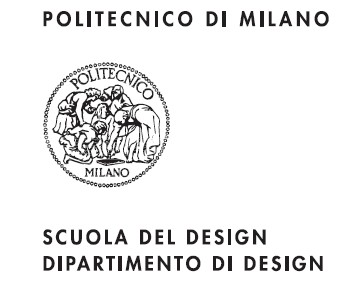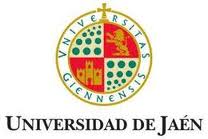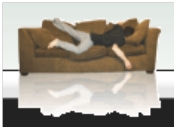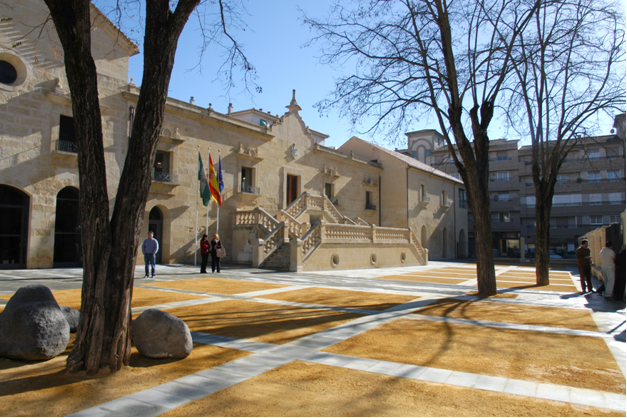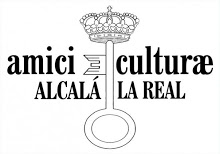Synaesthesia Quotient Inventory: practical outcomes and critique-based refinement
Anton Dorso. Russian Federation. MPSU http://synaesthesia.ru
Synaesthesia Quotient is a summative index of an individual degree of phenotypic expressivity of developmental synaesthesia. The index is measured by Synaesthesia Quotient inventory (SynQ-i), a novel instrument that embraces ten content domains. The related items are generated, explicated and scaled on the basis of empirical data from synaesthesia literature review (e.g., strong vs. weak, multiple or superior), extant measures, and external neuroscientific results. The SynQ-i taps into the cognitive and perceptual components of subjective experience with their subsequent quantification expressed as a numerical indicator according to a norm-referenced score interpretation and a verbal ratio-scale descriptor with a manifestation spectrum of low, average and high levels.
In this talk, we will report some major points of expert opinion and critique that were prompted by the first publication of the SynQ-i. We will also present some refinements of the measure informed by practical feedback from the synaesthetes who participated in probe-testing the SynQ-i. In conclusion, we will demonstrate that the preliminary outcomes of specialist discussion and administration of the SynQ-i contribute to the discriminant and incremental validity of the measurement tool, which further enhances applicability of the concept of Synaesthesia Quotient in identifying correlations between synaesthesia and other neurological and psychological phenomena as well as revealing the neuronal foundation of synaesthesia. It is our aspiration that the SynQ framework will become part of a rigorous methodology for an array of innovative studies.
|
Jun 14, 18:08 GMT |
|
SYNESTHESIA, DANCE AND NEUROSCIENCE: COLORS ELICITED BY COMPLEX INDUCERS
Helena Melero. Spain. Universidad Complutense de Madrid
Kinetic inducers and concurrents are infrequent. Nonetheless, the association between music (sound) and dance (movement) occurs naturally, and sometimes involuntarily. Curiously, dance -as a complex symbolic language of the body which we use to express our emotions- acts as an inducer of color synesthesias. The neuroscientific analysis of this complex language, which exhibits multiple components (auditory, kinetic, proprioceptive, symbolic, emotional) and of its relationship with synesthesia poses relevant questions about a) the nature of musical inducers, b) the mechanisms behind the acquisition of complex motor skills, c) procedural and vicarious learning, and d) the neurofunctional differences between voluntary and induced movement. In this paper I will revise the neuroscientific literature about dance and propose a structured analysis of dance-to-color synesthesia in order to understand the neurophysiological basis of the synesthetic brain from a new perspective.
Keywords : synesthesia, dance, neurosicence, complex inducers
Synesthesia and temperature as inductor and concurrent: a study with thermography.
| Emilio |
Gomez Milan |
egomez@ugr.es |
Spain |
UGR |
Oscar Iborra iborra@ugr.es Spain . Artecitta y UGR
| We make a revision of synesthesia cases where temperature is implicated, where temperature as inductor or concurrent. Following this line of research, we evaluate a case of temperature-related synesthesia using thermography as measure. This not invasive procedure can offer objective data about the physiology of experience, related with subjective dimension. This methodology offer a new way to explore synesthesias where temperature, tactile and related factors can be implicated. |
| Jun 13, 09:07 GMT |
|
Expanding kiki/bouba experimental paradigm to other cases of ideaesthesia.
| Oscar |
Iborra |
iborra@ugr.es |
Spain |
UGR / Artecitta |
|
|
| Emilio |
Gomez Milan |
egomez@ugr.es |
Spain |
UGR |
|
| Recently, the classic effect kiki/bouba has been alternatively explained as a case of ideaesthesia, and related to other pairs of opposite items, including features physical and psychological. Here we expand this line of research to others domains, exploring the utility of this “kiki/bouba paradigm” in other cases of ideasthesia, including movement and its relation with cognitive and emotional aspects, and racism, among others. |
| Jun 13, 09:06 GMT |
|
Synaesthesia and the self
Noam Sagiv. United KingdomBrunel University, London http://people.brunel.ac.uk/~hsstnns
Monika Sobczak-SingaporeNanyang Technological University http://clinicalbrain.org/?page_id=722
Adrian
Williams United Kingdom Brunel University, London http://people.brunel.ac.uk/~hsstalw /
| Much has been written about the intertwined concepts of consciousness and the self. It is now clear that studying synaesthesia could shed light on some central problems in consciousness research (Sagiv & Frith, 2013), however, the concept of the self has been largely ignored in discussion on synaesthesia from a cognitive neuroscience perspective. In our earlier work, we introduced the concept of “social synaesthesia” (Amin et al, 2011; Sagiv et al., 2012) to describe instances in which synaesthesia-like cross-activation goes beyond sensory domains and either involves mapping between the self and others (e.g., mirror-touch) and/or attribution of mental states (e.g., grapheme personification). Here we develop these ideas further and present data demonstrating that role of the self may be more extensive than we had previously imagined. We will present the idea that personification (of letters, numbers, or objects) in synaesthesia involves not only attribution of mental states but also a self-projection mechanism. We will draw parallels between synaesthetic and non-synaesthetic mirroring and self-projection and discuss the role they play in understanding ourselves and others. |
| Jun 12, 00:33 GMT |
|
Schema formation in synaesthesia (Short presentation)
Kevin J. Mitchell, Smurfit Institute of Genetics and Institute of Neuroscience. Trinity College Dublin
Psychologists use the term “schema” to refer to the information or knowledge that makes up our concept of an object. It includes all the attributes that the object has, such as the shapes of a letter and the sounds it can make, the shape of a numeral and the value it represents, or the face of a person and their name and everything you know about them. In many cases, those attributes are represented across very different brain areas (such as those conveying visual or auditory information, for example). With experience, the representations of the different attributes of an object become linked together, in the mind, by repeated co-occurrence.
At the level of the brain, this must involve some kind of strengthening of connections across areas of the cerebral cortex so that a pattern of activity in one area (say that induced by the sight of the letter “A”) reliably co-activates or primes a particular pattern of activity in another area (say the sounds of the letter “A”). The brain is wired to enable this kind of communication between different areas, so that these sorts of associations can be learned by repeated exposure to contingent stimuli, for example as we learn the alphabet or our numbers.
Synaesthesia is characterised by the incorporation of additional attributes into the schema of an object – ones not reflecting the characteristics of the object itself but some internal associations triggered by it. I propose a model to account for synaesthesia based on innate differences in wiring between cortical areas, which lead to additional percepts (such as colours) being triggered by an object during learning. These repeated patterns eventually result in stable synaesthetic associations, despite the lack of reinforcement from the external world. This model can account for the heritability of the condition and evidence of cortical hyperconnectivity, but also for the learned nature of many of the inducing stimuli and observed trends in letter-colour or word-taste pairings.
In this conceptual framework, a natural contrast emerges between synaesthesia, on the one hand, and a number of other conditions, collectively known as “agnosias”, on the other. These include dyslexia and dyscalculia, face blindness, tone deafness, colour agnosia and others. These conditions seem to reflect an inability to incorporate all the attributes of an object into a schema, resulting in a “lack of knowledge” of particular types of objects. There is evidence that these result from decreased connectivity between brain regions. It is hoped that the study of synaesthesia may also inform on the mechanisms underlying these less benign conditions.
2/12/2015
Comité Organizador/Organization Committee:

